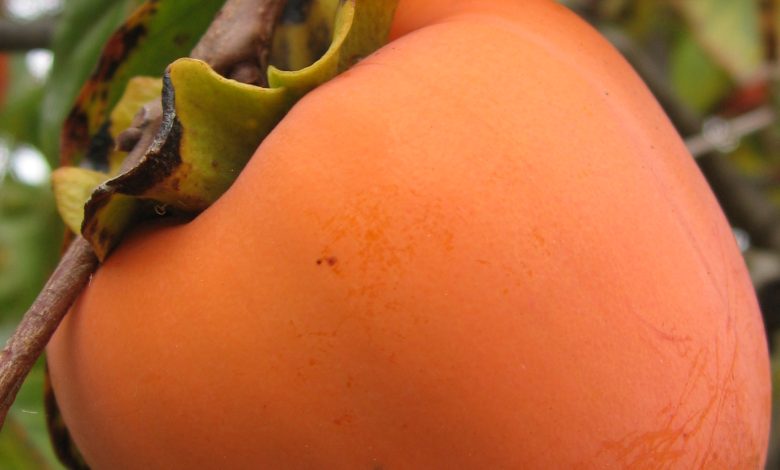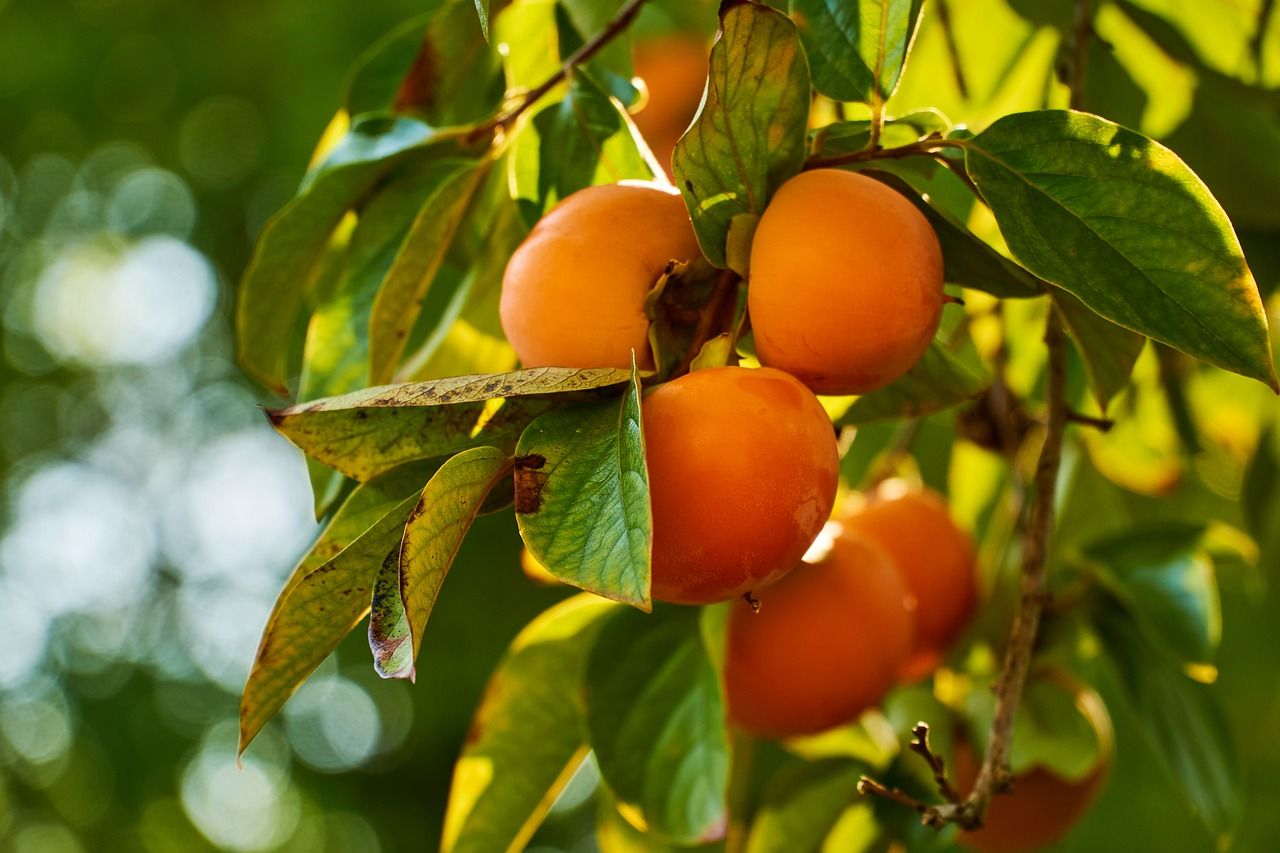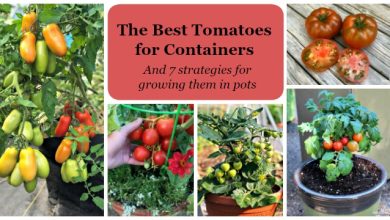My Persimmon Does Not Bear Fruit: What Can I Do?

Persimmons not bearing fruit is a problem that frustrates many people.
However, it doesn’t have to be that way. Learning more about the causes of a dead peach tree is the first step in finding a solution to the problem.
Some of the most common reasons why your persimmons do not bear fruit:
- Lack of fertilization or fertilizer.
- Improper temperatures.
- You have not pruned it or you have pruned it too much.
- Previous year’s harvest too abundant.

Once you know why a persimmon is not bearing fruit, you can fix the problem so that next year there will be plenty of persimmons bearing fruit.
Generally, persimmons begin to bear fruit two to four years after planting. There are several factors that can cause a persimmon to not bear fruit when expected.
Among them are the excess of fertilization, the inadequate pruning, the low temperatures, the lack of hours of cold and the residual effects of the harvest of the previous season.
The persimmon, Diospyros kaki Thunb., is a long-lived and rustic tree that, under favorable growing conditions, can reach significant heights. In the most vigorous varieties, trees up to 10 m have been recorded.
It is a deciduous species with well-defined phenological phases and similar to those of other fruit-bearing tree species of a temperate climate It differs from the root by the presence of nodes in which the axillary buds and leaves are inserted, and by its negative geotropism, it is That is, they grow against the force of gravity.
Among the cormophytes there are species with a single stem whose stem does not branch and plants with many stems (pluricaules) whose stem branches in various ways according to the activity of the meristems.Book: Persimmon cultivation
Fertilization: Are you feeding him enough?
Fertilizing with high nitrogen fertilizers encourages the persimmon to focus its attention on producing new shoots and leaves at the expense of fruit.
If a persimmon is growing well and the foliage and new growth appear healthy, it may not need any type of fertilizer.
Remember that when you fertilize the grass around a persimmon, you are fertilizing both the tree and the grass.
Lawn fertilizers are very rich in nitrogen and can affect fruit production. The addition of phosphorus can help offset this.
Persimmon can be grown in a wide range of soils, but prefers deep, well-drained loam or clay loam soils with a good level of organic matter. Optimum soil pH is 6.5-7.
In the usual alluvial soils in riparian areas, the trees reach their most vigorous development.Book: Persimmon cultivation
In problematic soils for persimmon cultivation, such as very heavy, compacted, with little depth, very limestone, etc., the choice of rootstock is essential (Ragazzini, 1985).
D. virginiana adapts better to acidic soils prone to waterlogging. It better tolerates poor quality irrigation water, with a high concentration of chlorides, so in areas with salinity problems it is more advisable to graft on this rootstock (Pomares et al., 2014).
It is also more tolerant of limestone soil and punctual water deficit in summer.Book: Persimmon cultivation
Pruning
Some types of pruning have a similar effect on persimmon fruit set.
Removing an entire branch promotes fruiting, while removing part of a branch, called going back, promotes new growth at the expense of fruit.
In modern fruit growing, the concept of pruning is based on a series of principles in which the following aspects must be taken into account:
- Know and differentiate the various organs that trees have, as well as their evolution and development.
- Form a structure or skeleton in which to support the productive capacity.
- Distribute the production organs in such a way that they do not interfere with lighting and do not create competition spaces between them.
- Leave enough organs to achieve optimal production.
- Adapt the planting framework according to the pattern (rootstock) and the variety or varieties.Book: Persimmon cultivation
Temperature
The persimmons begin to form flower buds for the previous year’s harvest. This means that the cocoons are already formed when winter comes.
Unusually cold winter temperatures or warm winter temperatures followed by a sudden drop can damage the buds so that they do not open, resulting in little or no fruit on the persimmons.
Being a deciduous fruit tree, it needs winter rest and has minimum needs for cold hours (HF); so named because the temperature is equal to or less than 7.2º C.
The need for chilling hours of non-astringent cultivars or varieties is less than that of astringent ones. The full range is about 200-400 HF.
However, the varieties grown in the regions of the Júcar riverbank (Valencia) are proving to be undemanding, even below 200 HF they do not show any phenological disorder.
An insufficient winter cold can cause a delay in the fall of the leaves and a lack of uniformity in the sprouting in the following spring, which will have repercussions in a poor fruit set and a decrease in the harvest.Book: Persimmon cultivation
Lack of cold hours
The flip side of temperatures being too low at the wrong time is that it may not be cold enough where you live for the tree to receive an adequate number of chill hours.
This can lead to fruit being misshapen or even missing.
Before planting a certain variety of persimmons, it is recommended that you look at how it resists hot summers or cold winters, depending on the area where you live.
Previous year’s harvest
When the year’s production is very abundant, persimmons usually need all the necessary nutrients.
In this case, the persimmon does not have the resources to produce flower buds for the following year’s harvest, which results in no fruit on the persimmons the following year.
You can help the tree distribute its resources evenly by thinning the fruit during peak production years.
Do you need two persimmons to get peaches?
Many types of fruit trees, such as apples and pears, need two different varieties growing close to each other for proper fertilization.
Persimmons are self-fertile, meaning that a single tree, with the presence of suitable pollinating insects, can pollinate itself.
Other reasons a tree doesn’t have persimmons are overcrowding and lack of sun.


![Photo of Walnut Pests and Diseases: [Detection, Causes and Solutions]](https://www.complete-gardening.com/wp-content/uploads/2022/08/walnut-pests-and-diseases-detection-causes-and-solutions-390x220.jpg)
![Photo of Indoor Palm Tree Care: [Soil, Humidity, Pruning and Problems]](https://www.complete-gardening.com/wp-content/uploads/2022/08/indoor-palm-tree-care-soil-humidity-pruning-and-problems-390x220.jpg)
![Photo of Aloe Ferox: [Cultivation, Care, Irrigation, Substrate, Pests and Diseases]](https://www.complete-gardening.com/wp-content/uploads/2021/06/aloe_ferox_1605527217-390x220.jpg)